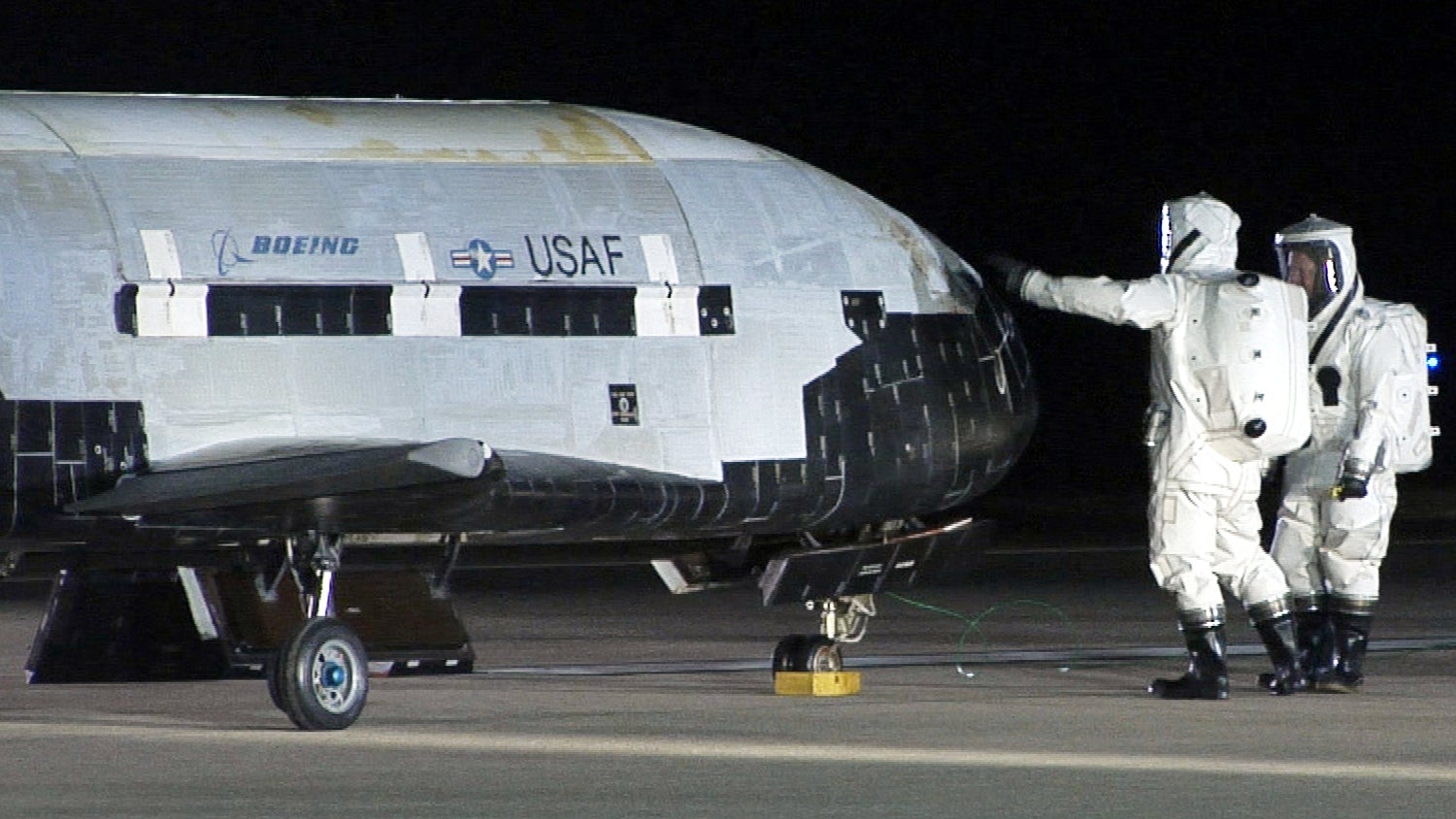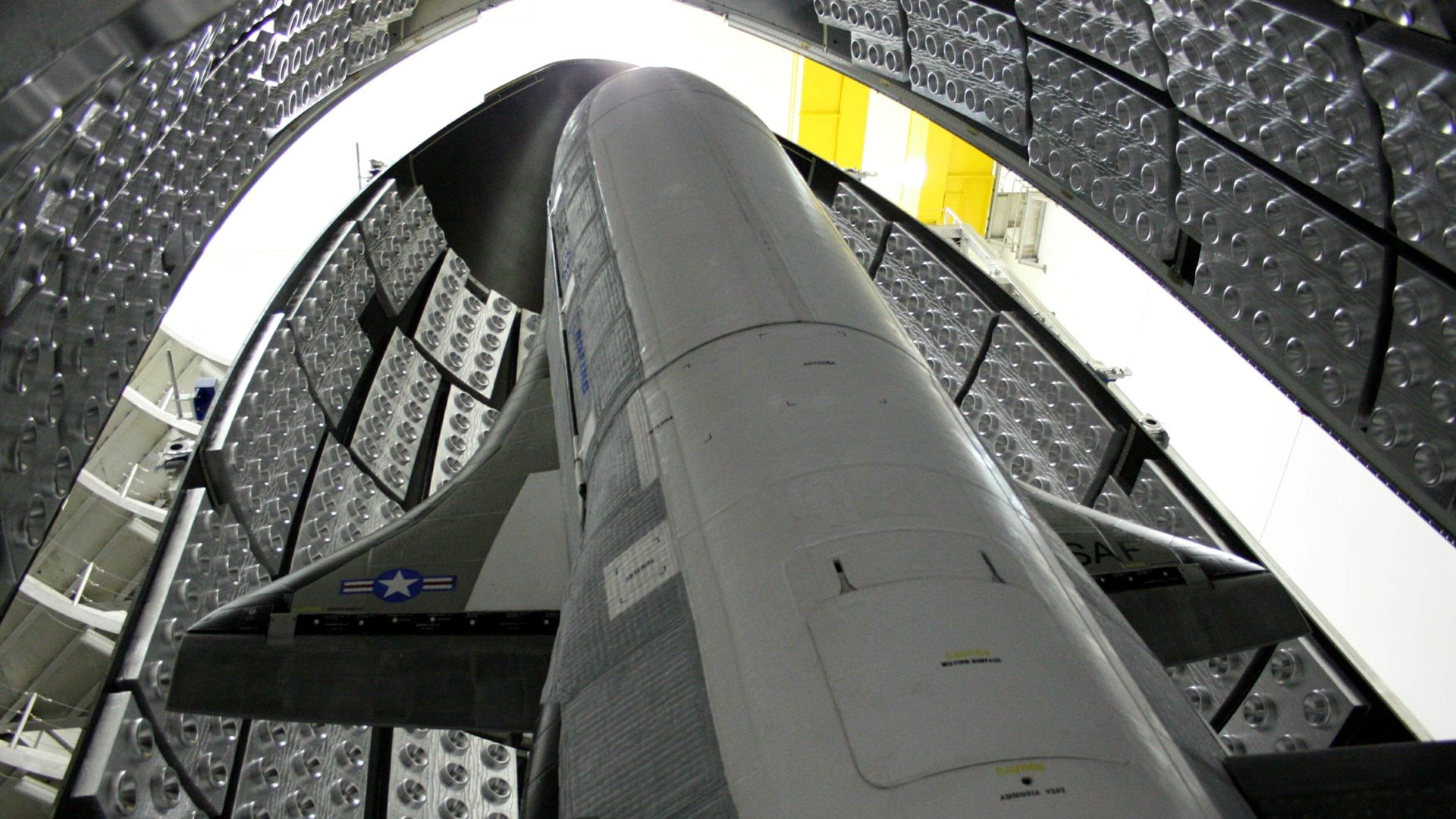Elon Musk’s SpaceX will fly the X-37B, a top-secret space robot, for the US military
Now that’s a headline!


Now that’s a headline!
SpaceX, the upstart rocket maker that went to court for the right to bid on US national security launches and flew its first classified spy satellite to orbit in May, will launch the top-secret X-37B space drone in August, according to US Air Force secretary Heather Wilson. (The news was first reported by Reuters.)
The four previous launches of the X-37B have been performed by United Launch Alliance (ULA), a joint venture of Boeing and Lockheed Martin, on Atlas V rockets. ULA, which held a monopoly on US government rocket launches between 2006 and 2016, was expected to continue flying those missions, so the news comes as a surprise.
The autonomous craft, which looks quite a bit like the Space Shuttle orbiter but is only about a quarter its size, has attracted attention for its ultra-long stays in space—its last flight lasted 718 days, a record in orbit for a reusable spacecraft. But little is known about what it’s doing up there.
Amateur astronomers tracking its position have suggested everything from surveilling Chinese and Russian satellites to, more prosaically and likely, testing new space hardware. The Air Force said its last flight was mostly to test various materials’ long-term resistance to the radiation levels, varying temperatures, and micrometeoroid impacts of space.
But there’s likely more going on here, and one thing is for sure: The X-37B’s ability to maneuver while in orbit has geopolitical importance at a time when China and Russia have been demonstrating maneuverable spacecraft that experts say are likely tests of anti-satellite weapons. (One mooted use of the X-37B is capturing satellites for repair or return to earth.) Though the X-37B is technically top secret, the US Air Force makes an awful lot of publicity noise when it takes off and lands—and that’s not an accident.

The spacecraft launches vertically on top of a rocket, inside of an aerodynamic faring. But it returns to earth like a plane, landing on a runway at Florida’s Kennedy Space Center, where its manufacturer, Boeing, maintains a facility dedicated to the project.
Wilson disclosed the launch contract at a Congressional hearing on June 6, citing the low cost of SpaceX’s launch services, but it is not clear when the contract was awarded. While the news marks a milestone for competition in space launches, Wilson’s testimony also came with a note of gloom about the future of humanity in space.
“Clearly, freedom to operate in space is not guaranteed,” Wilson said. “In fact, space is now a warfighting domain, similar to the more familiar air, land, and maritime domains our men and women are fighting in today.”